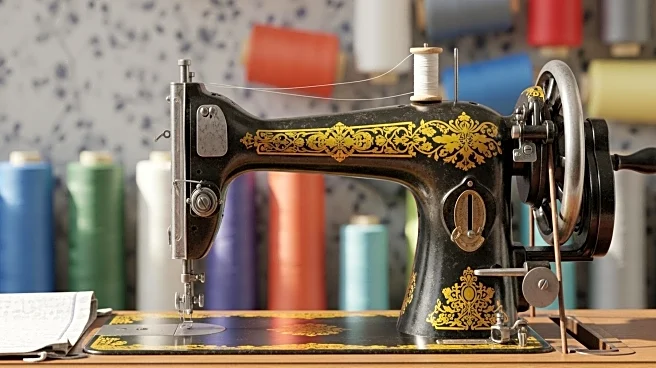Sewing is a craft that involves fastening pieces of textiles together using a needle and thread. It is one of the oldest textile arts, with origins tracing back to the Paleolithic era. Before the invention of spinning yarn or
weaving fabric, Stone Age people across Europe and Asia sewed fur and leather clothing using bone, antler, or ivory sewing needles and thread made from animal body parts such as sinew, catgut, and veins. Sewing has evolved over time, incorporating both hand and machine techniques.
Core Facts
Sewing is a universal craft that dates back to the Paleolithic era, approximately 30,000 BC. It was initially used to stitch together animal hides for clothing
and shelter. Indigenous peoples, such as the Inuit, used sinew from caribou for thread and needles made of bone. Sewing predates the weaving of cloth and has been a fundamental process in various industries, including shoemaking, upholstery, sailmaking, and bookbinding.
Notable Details
Sewing has been adapted to share knowledge of traditional methods through technology. For example, self-paced online tutorials have enabled a Malay
sewing class to learn how to tailor and sew a traditional men's Baju Kurung garment in three days, compared to five days in a traditional class setting. This demonstrates the versatility and adaptability of sewing techniques across different cultures and time periods.
Comparisons and Contrasts
While sewing is often associated with clothing and household linens, it is also used in a variety of crafts and industries. The methods and materials used in
sewing can vary significantly depending on the purpose, such as using sophisticated sewing methods to assemble tipi shelters or combining sewing with weaving plant leaves to create baskets in Africa.
Key Data Points
Sewing machines can create various stitches, including lockstitch and overlock. These machines have revolutionized the sewing process, making it faster and more efficient. The craft of sewing continues to be an
essential skill in both traditional and modern contexts, reflecting its enduring significance in human culture.

 Discover Daily
Discover Daily 











